The 2024 hot season has been breaking records, not only in Cambodia, but Southeast Asia has seen prolonged periods of extreme heat and with the warnings of climate change, it's possible more similar seasons are upon us in years to come.
Despite the incredibly hot weather this year, it's been predicted to be followed by a higher than usual rainfall in May for the start of the rainy season, which in itself raises other considerations of drainage and seasonal flooding in Cambodia.
In Cambodia, the property’s orientation does matter to a degree but overall the climate is very different to Europe for example.
If a property buyer is choosing a property for living or investment in the Kingdom, they will need to consider the direction a home faces, but more so the design elements, circulation and surrounding greenspaces.
Cambodia Real Estate: Choosing the Right Home in a Tropical Climate
Cambodia is tropical, and yes that means mostly year-round clear blue skies, but the hot season which is generally coming to an end around now (March-June) can be very uncomfortable unless fans and air-conditioning are widely used.
Cambodia's climate cycle is due to its geographic location of 11 and 16 degrees north latitude, a location that is north of the Tropic of Cancer resulting in a tropical climate with abundant annual sunshine yearly.
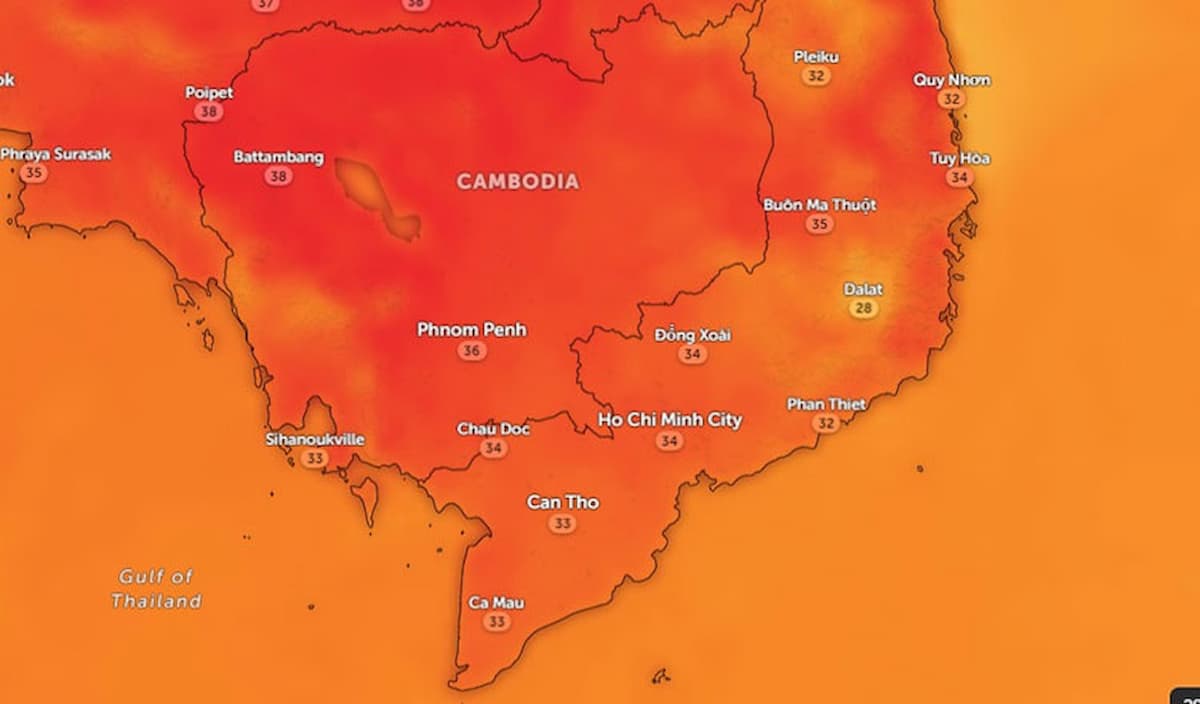
Temperatures generally range between 25°C and 35°C, but there are distinct seasons; the rainy season from May or June and the dry season usually starts in November or December and lasts until April or May of the following year.
In 2024, since the start of April, daily temperatures have been sitting at sweltering highs of 37-40°C+, with relentless heat waves causing significant discomfort. It is usually hot but this has been extreme in Cambodia, as it has in Thailand, Laos and elsewhere.
Chan Yutha, spokesman for the Ministry of Water Resources and Meteorology said that Cambodia is facing the hottest temperatures since records began in the 1850s!
As such, the use of air conditioners, coolers, and fans operating non-stop has spiked electricity bills and reignited debates around environmental concerns, better city planning, and sustainable alternatives for cooler home temperatures in Cambodian cities in particular.
Property Orientation In Cambodia
Orientation isn't necessarily as important in Cambodia for a property unless specific sunrises and sunsets and natural light for working spaces are being considered, as the sun never sets too late in the Kingdom.
However, means by which a property is kept cool and well-ventilated due to heat and humidity caused by the rainy and dry seasons are crucial.
Generally speaking in Cambodia, homes oriented towards the west are exposed to direct sunlight during the peak heat hours of the day which can lead to an accumulation of indoor heat, elevated indoor temperatures and less overall comfort.
West-facing properties may even have a lower price tag but buyers must balance their preferences and requirements.
An east-facing house in Cambodia welcomes the early morning sunlight, while a west-facing home is exposed to strong sunlight in the afternoon to the early evening.
A south-facing property will avoid direct sunlight for most of the year, and north-facing properties benefit from receiving less direct sunlight, resulting in a cooler indoor temperature.

Key Considerations - Cooler Homers For Warmer Climates
- Proximity to Water - The proximity of certain sangkats in Phnom Penh to the Mekong, Bassac, and Tonle Sap Rivers can mean higher priced properties as the locations tend to benefit from natural cooling as they are located to wider spaces of open water.
- Building Materials Used - When considering the building materials of a property, ideally heat-insulating materials will help keep a home cooler, although the layout can also play a part. Low-emissivity glass (or low-E glass) for example provides natural light while minimising heat gain in a living space.
- Ventilation & High Ceilings - Proper ventilation is a KEY and ensures a steady flow of air, natural cooling of indoor spaces and rising hot air to escape. For this reason, many properties will have a higher ceiling in Cambodia to support better airflow and temperature regulation. The design and layout need to allow for air circulation resulting in naturally lower indoor temperature and less moisture.
- Heat Management: Managing the abundant natural heat is essential and to buffer these design adjustments to mitigate warmth while enjoying sunset views, for example, needs to be considered in constructing or buying a property.
Other factors such as the size of windows or glass doors that enhance a warming effect, the installation of shades, more greenery, and the placement of fans all play a part in cooling a home.
Urban Green Spaces
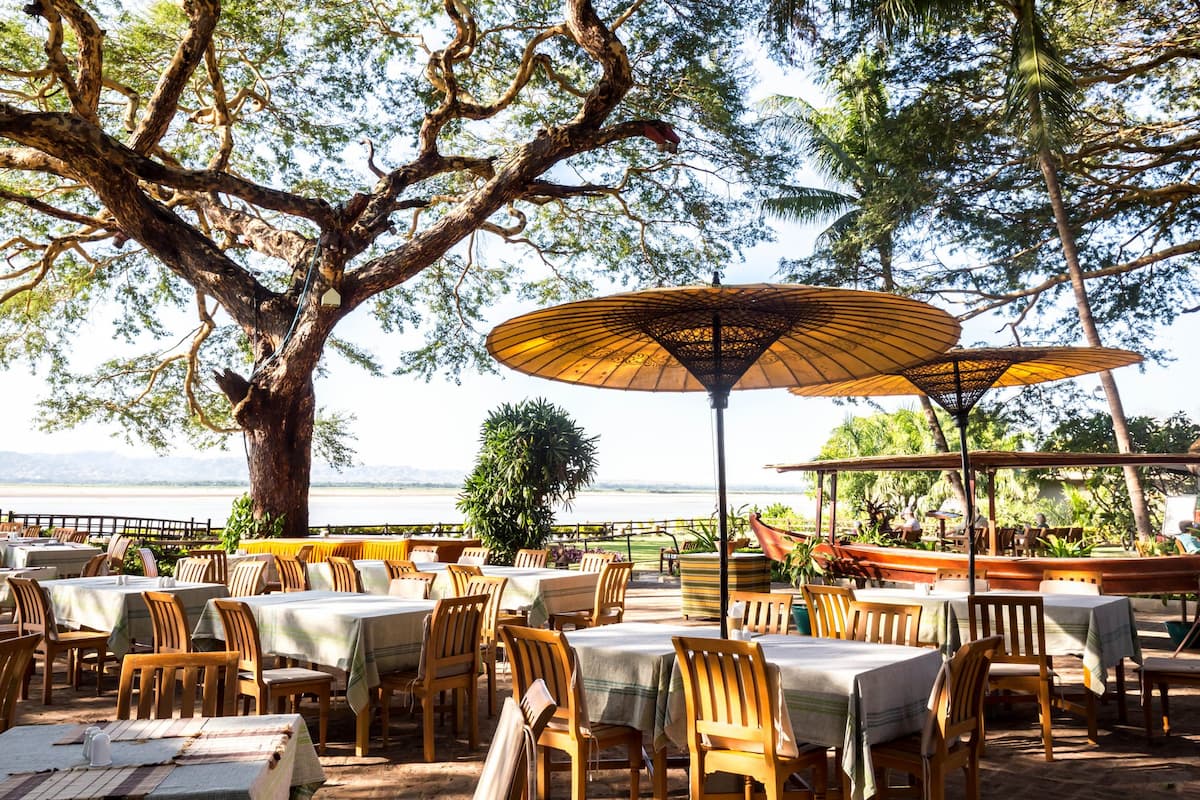
One prominent trend has been the growing demand for green spaces in both residential and commercial properties especially in the cities and as buyers and citizens become more aware of the importance of the environment in their well-being.
There has been an increase, for example, in the number of parks in Phnom Penh and more developments incorporating green spaces.
This means there is greater demand for eco-friendly buildings, green infrastructure, and access to nature which can be seen as a positive shift in buyers' property demands.
With the capital being the most expensive and most busy property market, Phnom Penh’s municipal government in 2024 announced plans to develop a leisure and entertainment area in Daun Penh which aims to cover approximately 57 hectares.
Mr. Sam Piseth, Director of the Department of Public Works and Transport of Phnom Penh, emphasised that there will be green areas and outdoor lighting intended to improve the area's overall atmosphere.
As part of this, a large recreation space is planned and a large pedestrian-only area and the entire project is due to start immediately and be completed before the end of 2025.
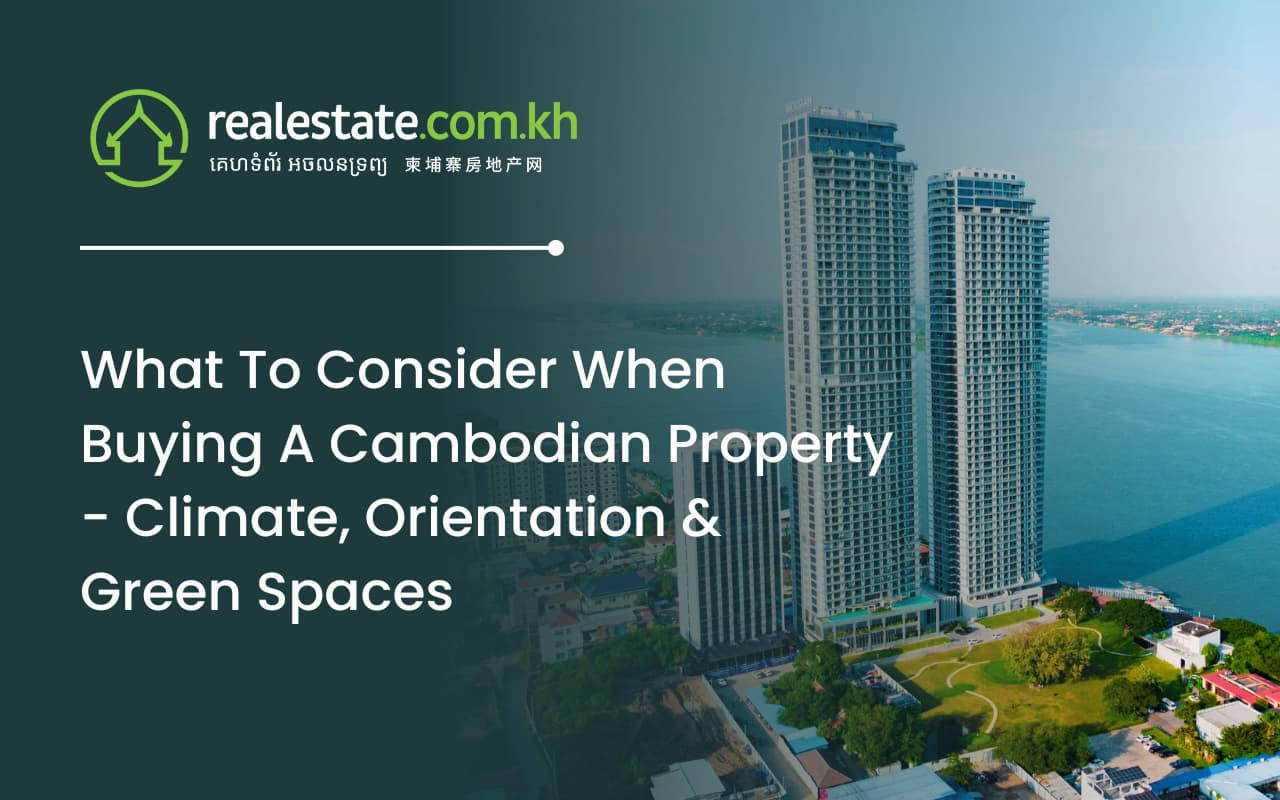

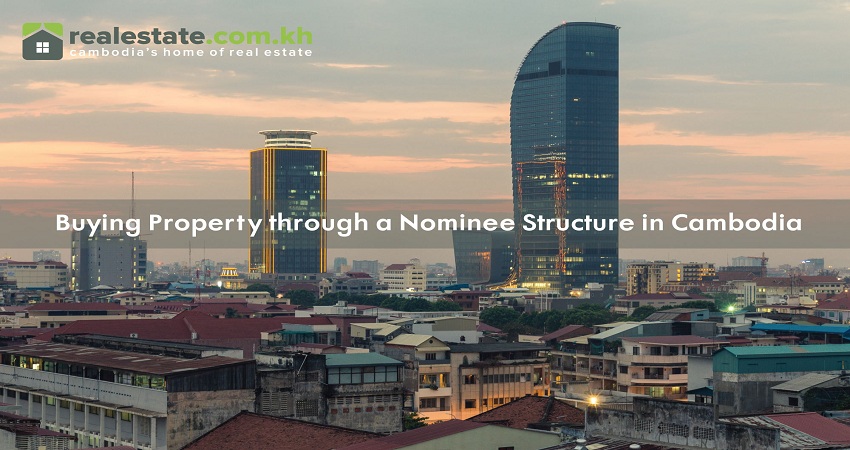
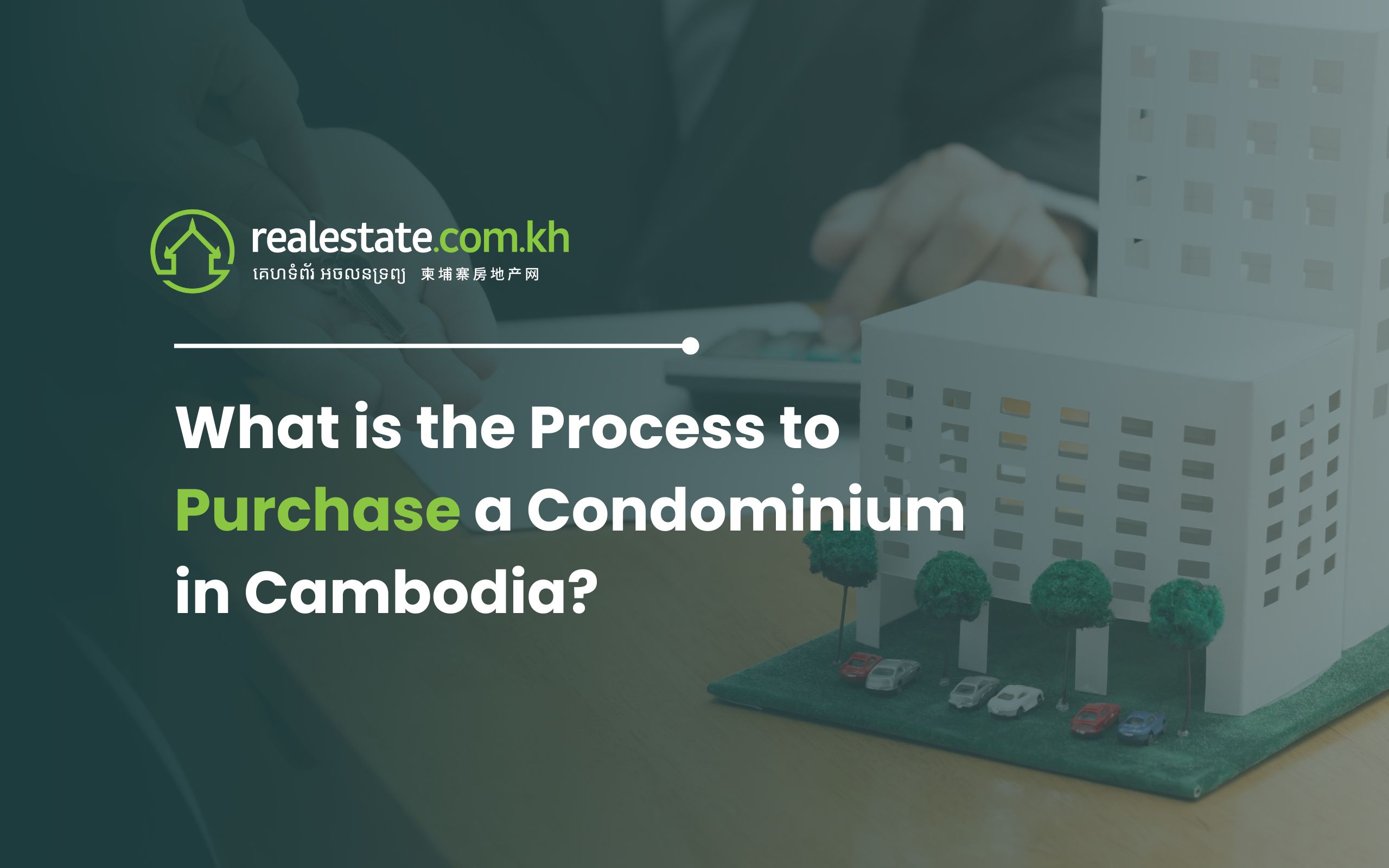
Comments